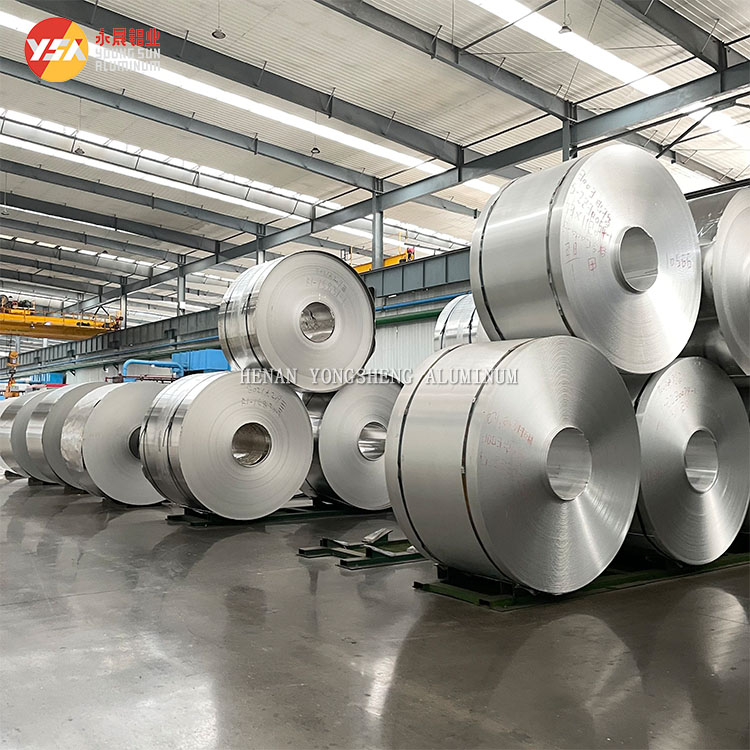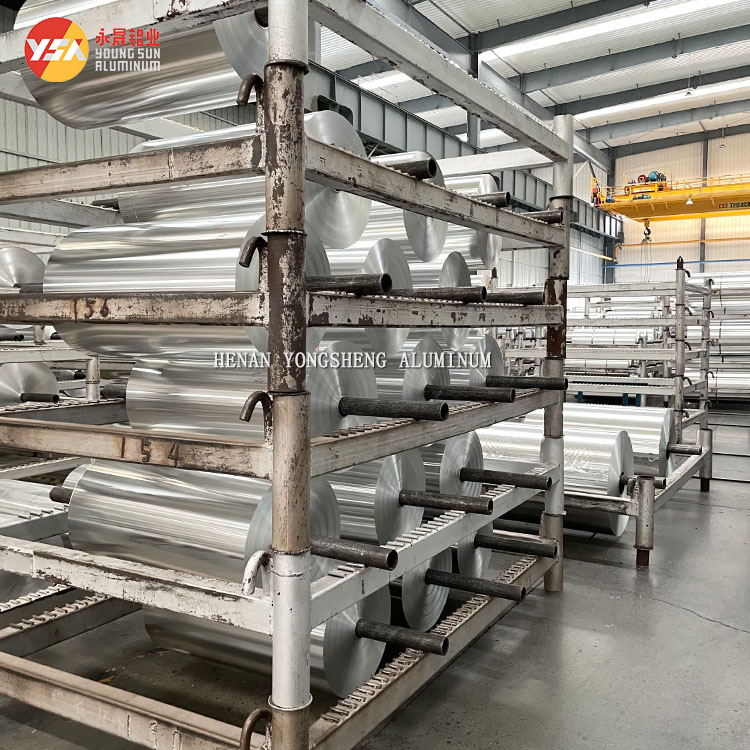The price of aluminum foil is influenced by various factors, ranging from raw material costs to market demand and production processes. Understanding these factors can help buyers and industry professionals make informed decisions. Here are the key elements that determine the price of aluminum foil.
Raw Material Costs
Aluminum Prices: The primary component of aluminum foil is aluminum. The cost of aluminum is influenced by global commodity markets and can fluctuate based on supply and demand, geopolitical events, and mining conditions. The London Metal Exchange (LME) often serves as a benchmark for aluminum prices.
Alloy Additives: Depending on the specific type of aluminum foil, different alloying elements such as magnesium, silicon, or copper might be added to achieve desired properties. The prices of these additives can also impact the overall cost of the foil.

Manufacturing Process
Production Technology: Advanced manufacturing technologies and processes can increase production efficiency but also entail higher initial investment costs. The level of automation and precision in the production process can influence the final price.
Energy Costs: The production of aluminum foil requires significant amounts of energy, especially during the smelting and rolling processes. Fluctuations in energy prices, such as electricity and gas, can directly affect production costs.
Labor Costs: Wages and labor costs in the region where the aluminum foil is produced can vary significantly. Higher labor costs in developed countries often translate to higher production costs compared to developing regions.
Thickness and Quality
Foil Thickness: Thinner aluminum foil typically requires more precise manufacturing processes and greater energy consumption, potentially leading to higher costs. The desired thickness can significantly influence the price.
Surface Treatment and Coatings: Aluminum foil can undergo various surface treatments, such as anodizing, coating, or laminating, to enhance its properties. These additional processes can increase production costs.
Quality Standards: High-quality aluminum foil that meets stringent standards for purity, strength, and surface finish will typically be more expensive than lower-grade materials.
Market Demand and Supply
Industry Demand: The demand for aluminum foil in various industries, such as packaging, electronics, and construction, can drive prices up or down. High demand from a particular sector can increase prices due to competition for limited supply.
Global Supply Chain: Disruptions in the global supply chain, such as shipping delays, trade restrictions, or raw material shortages, can affect the availability and cost of aluminum foil.

Economic and Political Factors
Tariffs and Trade Policies: Import tariffs, trade agreements, and export restrictions imposed by governments can influence the cost of aluminum foil. For instance, tariffs on imported aluminum can raise prices in the importing country.
Inflation and Currency Exchange Rates: Inflation rates and fluctuations in currency exchange rates can impact production costs and, consequently, the price of aluminum foil. A weaker domestic currency can make imported raw materials more expensive.
Conclusion
The price of aluminum foil is determined by a complex interplay of factors including raw material costs, manufacturing processes, thickness and quality specifications, market demand and supply, and economic and political conditions. By understanding these factors, buyers and industry stakeholders can better navigate the market and make more strategic purchasing decisions. Whether for industrial applications or everyday use, recognizing the elements that drive aluminum foil prices can lead to more informed and cost-effective choices.


